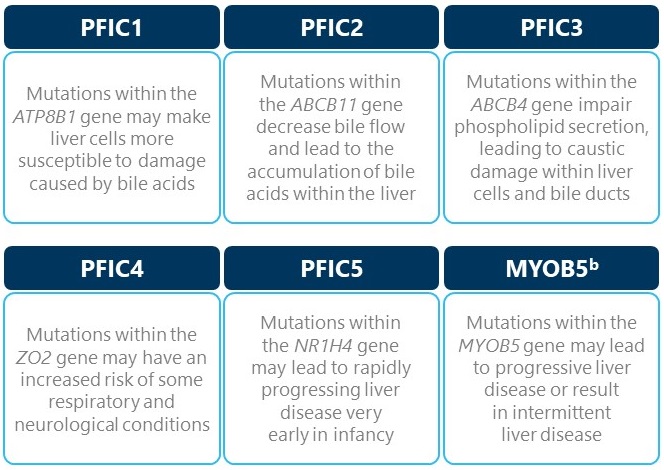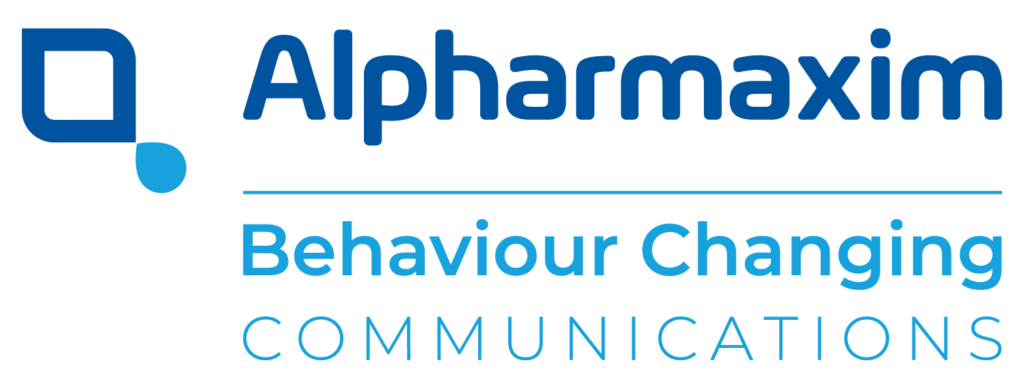Written by Edward Johnson
Edward is a Medical Writer at Alpharmaxim Healthcare Communications
The first annual progressive familial intrahepatic cholestasis (PFIC) Awareness Day will be held on Saturday 5 October 2019! Established by the PFIC Advocacy and Resource Network, PFIC Awareness Day intends to bring the PFIC community closer together and raise awareness among those who may not be familiar with the disease. As we prepare to mark PFIC Awareness Day, it’s worth learning about the disease itself.
What is PFIC?
PFIC comprises a family of rare, inherited diseases that affect the formation and transport of bile within the liver.1 Patients with PFIC will develop progressive liver disease at an early age, often leading to liver failure before adulthood.1 As PFIC is autosomal recessive, it means that an affected individual will have inherited causative genetic mutations from both parents.1 Currently, six types of PFIC have been identified, each caused by mutations within different genes (Figure 1).2

aAs at 2018; bPFIC caused by mutations within MYOB5 has not yet been assigned a PFIC number
PFIC affects an estimated 1 in 50,000 to 1 in 100,000 people worldwide.1
What are the symptoms of PFIC?
Although there are differences in observed symptoms and age of onset between the different types of PFIC, the following symptoms often present during infancy:1
- severe, uncontrollable itching (pruritus)
- jaundice
- high hepatic blood pressure
- enlarged liver and spleen
- stunted height, failure to gain weight and failure to maintain an expected growth rate (‘failure to thrive’).
Pruritus and jaundice are the earliest recognisable symptoms of PFIC, often manifesting in infants with PFIC1 or PFIC2 from 3–5 months of age.3 The ‘failure to thrive’ observed in infants with PFIC may be due to malabsorption of dietary fat and fat-soluble vitamins (including vitamins A, D, E and K).3 The symptoms of PFIC are particularly challenging to live with, as they have a major impact on quality of life. Pruritus is often considered to be the most debilitating of them all, as it causes continuous scratching, loss of sleep, irritability and poor attention span in children.3 Furthermore, pruritus not only affects patients themselves, but also impacts on care givers and family members.4
How is PFIC treated?
The initial short-term goals of medical therapy are to provide relief from pruritus and improve nutritional status.3 These can be achieved by keeping skin well moisturised and trimming fingernails to prevent any damage from scratching; increasing daily total calorific intake; and supplementing diet with medium-chain triglycerides and water- and fat-soluble vitamins.3 Long-term treatments, such as surgical biliary diversion procedures, may reduce the concentration of serum bile acids.3 As a last resort, liver transplantation may be considered for patients who are unresponsive to medical treatment or biliary diversion.3 Looking to the future, the focus is on the development of treatments that aim to treat the cause of PFIC at the molecular level, including drugs that reduce systemic levels of bile acids by specifically inhibiting bile acid transporter proteins.5 Keep a close look out for these exciting new therapies that will hopefully provide a great deal of relief for patients with PFIC!
What is happening on PFIC Awareness Day?
On PFIC Awareness Day, many families who live with patients with PFIC will host fundraisers and raise awareness within their own communities. The PFIC Advocacy and Resource Network, in collaboration with Life Gave Lemons, is helping these families by providing toolkits containing stickers, bracelets, a tablecloth and an information pack, allowing them to create their own, personalised awareness day.6 One way that you can show your support for these fundraisers is by using the #pficawareness and #stoptheitch hashtags. Additionally, you can visit www.pfic.org to access educational reference materials and to find out how to get involved.
“Rare but Mighty, help give PFIC a voice!”6
References
1. National Institute of Health. Progressive familial intrahepatic cholestasis. 1 October 2019. https://ghr.nlm.nih.gov/condition/progressive-familial-intrahepatic-cholestasis. Accessed 1 October 2019
2. PFIC.org. Genetics of PFIC: Current status and implications. 2018. https://www.pfic.org/genetics. Accessed 1 October 2019
3. Srivastava A. Progressive familial intrahepatic cholestasis. J Clin Exp Hepatol 2014;4(1):25–36
4. PFIC Voices. Home page. 2019. https://www.pficvoices.com/. Accessed 1 October 2019
5. Mirum Pharmaceuticals. Programs. Maralixibat. 2019. https://mirumpharma.com/programs/#section_maralixibat. Accessed 1 October 2019
6. PFIC.org. The first annual PFIC awareness day! 2019. https://www.pfic.org/pfic-awareness-day. Accessed 1 October 2019


